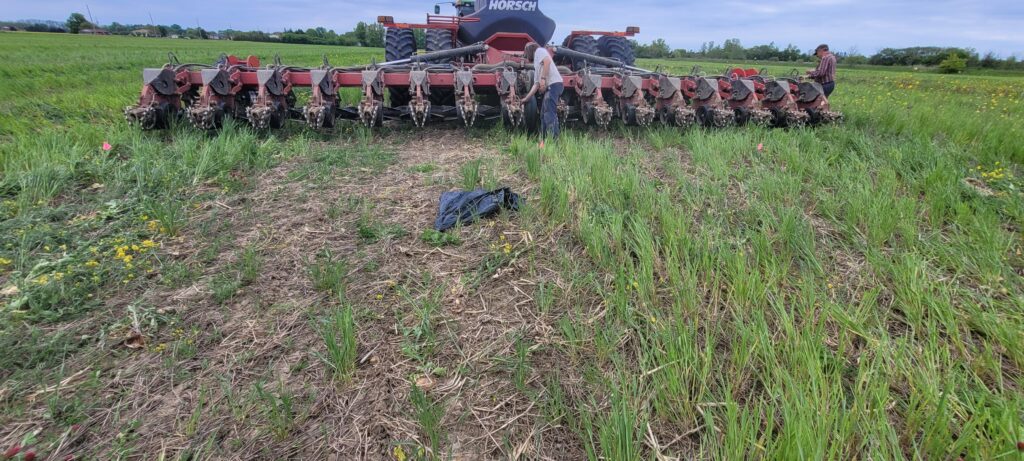Introduction: In the realm of modern agriculture, the term ‘EGO’ – often associated with self-importance – takes on a new meaning: ‘Edging Green Out.’ This phrase encapsulates the critical issues arising from conventional farming practices that heavily rely on chemical inputs, prioritizing short-term yields over long-term environmental health. But what does it truly mean to edge green out, and how can we shift towards more sustainable methods?
‘Edging Green Out’ in Agricultural Practices:
- Overreliance on Chemical Inputs: The modern agricultural landscape is often dominated by synthetic fertilizers and pesticides. While these methods promise immediate results, they overlook the long-term consequences on soil health and ecological balance.
- Disturbance of Natural Systems: Intensive farming disrupts natural processes and biodiversity. The widespread use of chemicals destroys beneficial insect populations, reduces soil fertility, and contaminates water sources.
- Ignoring Nature’s Wisdom: Conventional methods often disregard the intricate wisdom of natural ecosystems, which offer sustainable alternatives for crop growth and pest management.
- Short-Term Gains vs. Long-Term Sustainability: This approach creates a conflict between immediate productivity and future viability. The immediate benefits of chemical inputs are overshadowed by the long-term risks of soil degradation and increased vulnerability to climate change.
- Alternative Approaches: A call for change is in the air. Sustainable practices like permaculture, organic farming, integrated pest management, and agroecology are gaining traction. These methods emphasize working with nature, not against it.
The Importance of Biodiversity and Ecosystem Balance: A key component of sustainable agriculture is the recognition of biodiversity’s role in maintaining a balanced ecosystem. Diverse plant and animal life contributes to soil health, aids in water conservation, and enhances overall ecosystem resilience. By nurturing this biodiversity, farmers can create more robust and self-sustaining agricultural systems.
The Benefits of Engaging with Nature: Regenerative agriculture, a practice that focuses on renewing soil health and ecosystem balance, offers numerous benefits. These include:
- Environmental Benefits: Improved carbon sequestration, habitat restoration, and a decrease in greenhouse gas emissions.
- Economic Benefits: Enhanced soil fertility leads to long-term yield stability and resilience to climate challenges, proving that sustainability is not only an environmental choice but a smart economic strategy.
How Farmers and Consumers Can Make a Difference:
- For Farmers: Transitioning to regenerative practices may seem daunting, but it starts with small steps. Integrating crop diversity, reducing chemical use, and adopting soil-enhancing techniques can make a significant difference.
- For Consumers: Every purchase decision is a vote for a type of agriculture. Choosing organic, locally-sourced food supports sustainable practices and drives demand for more environmentally conscious farming.
Conclusion: Engaging nature optimally isn’t just beneficial; it’s a necessity for the future of agriculture and the planet. It’s time to rethink our ‘agricultural EGO’ and embrace methods that support, rather than undermine, our natural ecosystems. Together, through informed choices and sustainable practices, we can create a more resilient and fruitful agricultural future.
Closing Remarks: We invite you to join the conversation. Share your thoughts, experiences, or success stories related to sustainable and regenerative agriculture. Your insights can inspire and inform others as we collectively strive for a greener future in farming.
